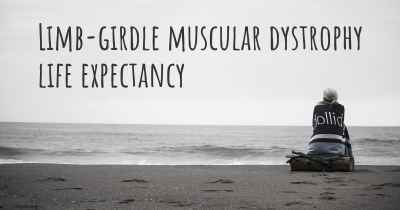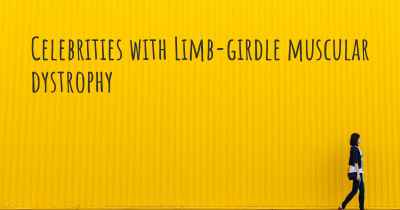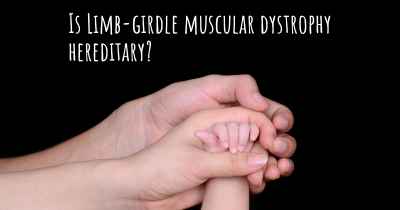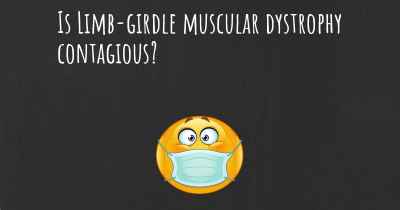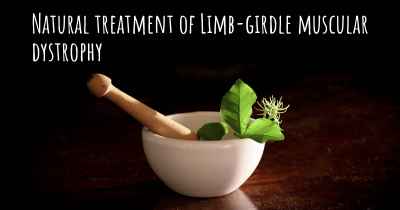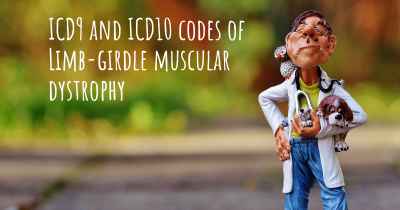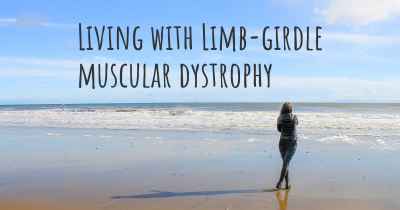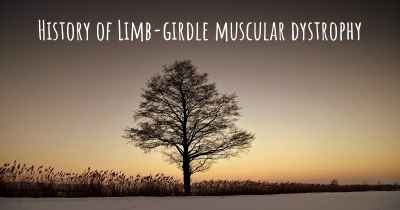Limb-girdle muscular dystrophy diet. Is there a diet which improves the quality of life of people with Limb-girdle muscular dystrophy?
Are you aware of a diet that can improve the quality of life of people with Limb-girdle muscular dystrophy? Is there a diet that is suggested to avoid when having Limb-girdle muscular dystrophy? See if there is a diet that can improve the quality of life of people with Limb-girdle muscular dystrophy, recommended and to avoid food when having Limb-girdle muscular dystrophy
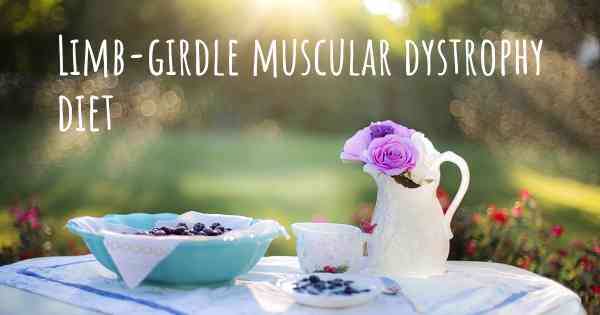
Limb-Girdle Muscular Dystrophy Diet: Improving Quality of Life
Limb-girdle muscular dystrophy (LGMD) is a group of genetic disorders that primarily affect the muscles around the hips and shoulders. While there is currently no cure for LGMD, certain lifestyle modifications, including a well-balanced diet, can help improve the quality of life for individuals living with this condition.
The Importance of a Nutrient-Rich Diet
A nutrient-rich diet plays a crucial role in managing LGMD symptoms and supporting overall health. It can help maintain muscle strength, prevent muscle wasting, and provide the necessary energy for daily activities. Here are some key dietary considerations for individuals with LGMD:
1. Adequate Protein Intake
Protein is essential for muscle repair and growth. Including lean sources of protein such as poultry, fish, tofu, legumes, and dairy products can help maintain muscle mass. It is recommended to spread protein intake evenly throughout the day rather than consuming large amounts in a single meal.
2. Healthy Fats
Healthy fats are important for providing energy and supporting overall health. Including sources of unsaturated fats like avocados, nuts, seeds, and olive oil can help meet the body's energy needs. Omega-3 fatty acids, found in fatty fish like salmon and mackerel, have anti-inflammatory properties that may be beneficial for individuals with LGMD.
3. Complex Carbohydrates
Complex carbohydrates provide sustained energy and should form the foundation of a LGMD-friendly diet. Opt for whole grains, fruits, vegetables, and legumes, which are rich in fiber, vitamins, and minerals. These foods can also help maintain a healthy weight and support digestive health.
4. Micronutrients
Micronutrients such as vitamins and minerals are essential for various bodily functions. Individuals with LGMD may have increased nutrient requirements due to muscle damage and inflammation. Including a variety of colorful fruits and vegetables, nuts, seeds, and whole grains can help ensure an adequate intake of these vital nutrients.
Additional Considerations
While a nutrient-rich diet forms the foundation for managing LGMD, there are additional considerations that can further enhance quality of life:
1. Hydration
Staying hydrated is important for overall health and muscle function. Aim to drink an adequate amount of water throughout the day and limit the consumption of sugary beverages.
2. Caloric Intake
Caloric intake should be tailored to individual needs, taking into account factors such as age, sex, activity level, and disease progression. Working with a registered dietitian can help determine the appropriate caloric intake to maintain a healthy weight and energy levels.
3. Meal Planning
Meal planning can help ensure a well-balanced diet and make it easier to meet nutritional goals. Including a variety of foods from different food groups in each meal can provide a wide range of nutrients.
4. Supplementation
Supplementation may be necessary in some cases to address specific nutrient deficiencies. However, it is important to consult with a healthcare professional or registered dietitian before starting any supplements to ensure they are safe and appropriate.
5. Physical Activity
Physical activity tailored to individual abilities and limitations can help maintain muscle strength and flexibility. Engaging in low-impact exercises, such as swimming or gentle stretching, under the guidance of a healthcare professional or physical therapist, can be beneficial.
Conclusion
While there is no specific diet that can cure or reverse LGMD, adopting a nutrient-rich diet can significantly improve the quality of life for individuals with this condition. Prioritizing adequate protein intake, healthy fats, complex carbohydrates, and micronutrients can support muscle health and overall well-being. Additionally, staying hydrated, managing caloric intake, meal planning, considering supplementation, and engaging in appropriate physical activity can further enhance the benefits of a well-rounded diet. It is important to work closely with healthcare professionals, including registered dietitians, to develop an individualized diet plan that meets specific needs and goals.
